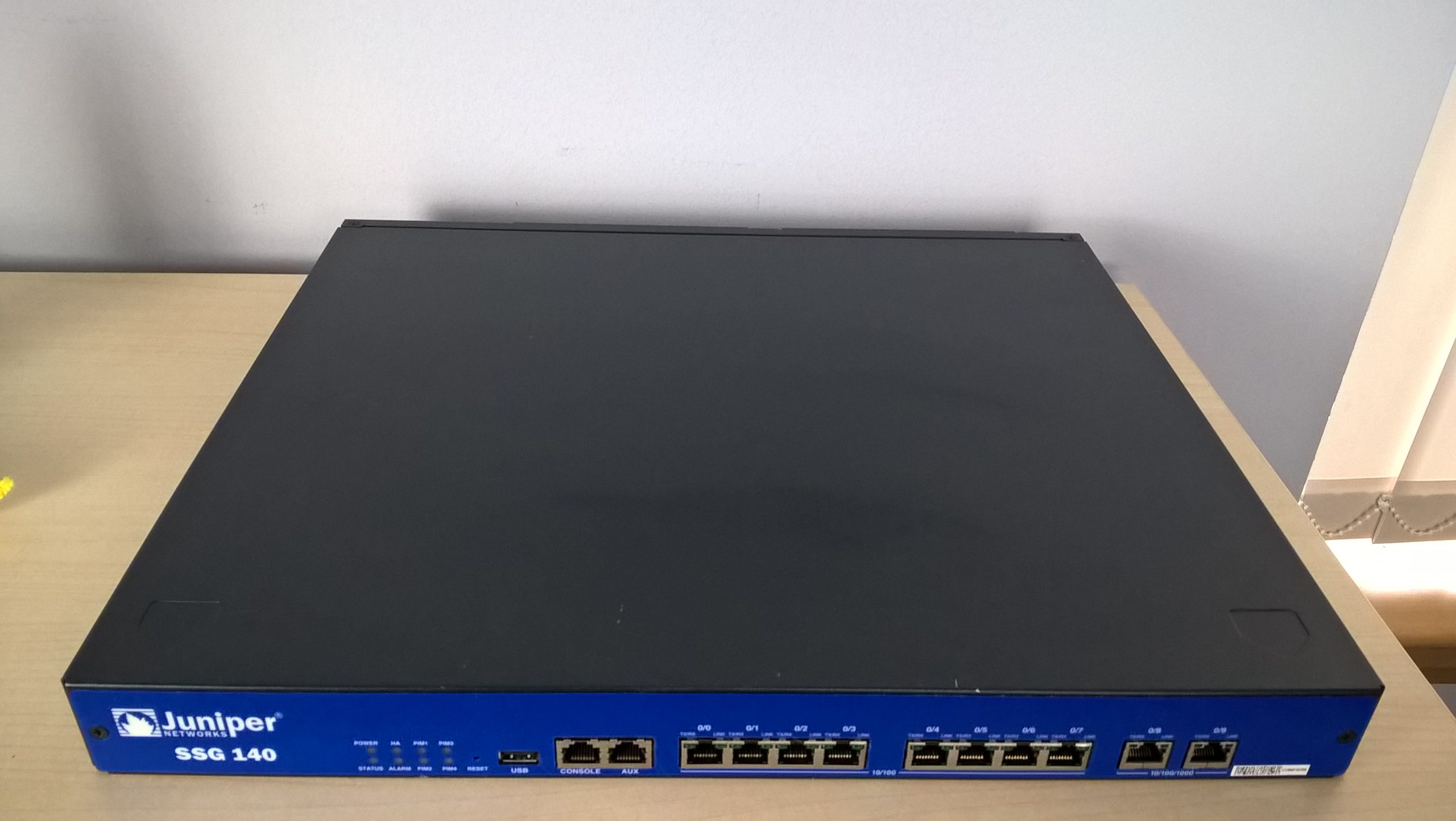Navigating the Uncharted Waters of Cybersecurity: A Newcomer’s Journey
Recently, I found myself stepping into a new role that came with unexpected responsibilities. As the newly appointed manager of security at my company, I quickly realized that “helping with computer stuff”—a phrase I heard during my interview—did not fully encapsulate what lay ahead. While I hadn’t anticipated taking on the task of managing cybersecurity, here I am, tasked with safeguarding the digital realm of my organization.
To add to the challenge, the company lacks any established protocols in this domain. Previously, there wasn’t anyone dedicated to this critical task, which means I’m quite literally starting from scratch. Although I possess a strong willingness to excel in this role, my lack of formal training or certifications, not to mention experience, has left me feeling somewhat overwhelmed.
Fortunately, the company isn’t currently under intense scrutiny, but there are plans to ramp up operations soon. With this growth, it’s imperative that we enhance our cybersecurity posture. The goal is to prepare adequately before we bring in an experienced security consultant—after all, we don’t want to be caught off guard or made to feel unprepared when the experts roll in.
So, where should I begin this journey into the world of cybersecurity?
The Path Forward
-
Conduct a Security Assessment: I plan to start with an internal evaluation of our current cybersecurity status. This involves identifying existing vulnerabilities and understanding where we stand in terms of protection.
-
Establish Basic Protocols: While comprehensive security policies may take time to implement fully, I can start by establishing some fundamental guidelines. This could include password management protocols, data storage and sharing guidelines, and user access controls.
-
Educate Myself and the Team: It’s essential for both myself and my colleagues to be educated about basic cybersecurity principles. There are numerous online courses and resources available that I can utilize to increase my knowledge and, in turn, educate my team.
-
Create an Incident Response Plan: Developing a plan for how to handle potential security breaches is critical. This plan should outline clear steps to take in the event of an incident, helping to mitigate potential damage.
-
Regularly Review and Update: Cybersecurity is not a “set it and forget it” situation. I plan to create a routine for regularly reviewing our security measures and updating them as necessary to keep pace with evolving threats.
While I may not possess all the answers yet
Share this content:



